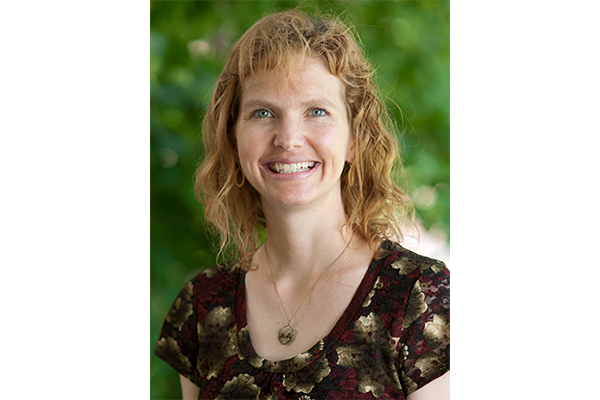Studying Axolotls to Understand How Limbs Develop and Regrow

MIE/BioE Professor Sandra Shefelbine, in collaboration with Biology Professor James Monaghan, was awarded a $625,000 NSF grant for “In Vivo Mechanotransduction During Limb Growth” to understand the mechanical signaling involved in limb growth. The researchers will use axolotls, a type of salamander that can regrow limbs, to study how cells sense and respond to mechanical forces. They believe that this research could lead to new insights into how limbs develop and regenerate. “When cells sense a particular mechanical environment, they start a biological response,” said Shefelbine. “We want to understand how this happens as cells change from a mass of undifferentiated cells into a limb.” This follows on a previous collaboration with Monaghan where we explored the mechanics involved in joint formation in the axolotl.
Abstract Source: NSF
This award supports a research program to study how cells behave as limbs are formed. Cells in the body sense and respond to their mechanical environment. The skeletal system is particularly responsive to mechanical loads; muscles, bones, and tendons become stronger with increased mechanical demand. This project will explore how cells sense and respond to the mechanical environment during limb regeneration in an axolotl salamander. During limb regeneration a mass of stem cells forms at the site of amputation. The cells grow and turn into cartilage. The cartilage grows and ossifies, forming functional limbs. Mechanical forces are critical throughout this process. The mechanisms by which cells sense the mechanical environment and how they turn the mechanical stimulus into a biological response will be explored. Understanding how this process works has broad application, such as developing smart materials that adapt to the mechanical environment or developing appropriate physical therapies to correct mechanics and ensure normal growth.
This work will help to elucidate the role of mechanics during limb growth: mechanosensitive calcium signaling in stem cells and chondrocytes, the mechanically triggered ion channels involved, the intracellular location of mechanosensitive yes-associated protein, and the mechanotransduction of the signal into a molecular response. Because this study uses the axolotl as a model system of limb regeneration, we will for the first time be able to assess these processes in vivo and determine the role of mechanics throughout the formation of a limb. We will also develop techniques for quantifying and visualizing the molecular response to mechanical signals in whole-mount light sheet images using fluorescence in situ hybridization, fluorescently labelling the mRNA. This provides molecular readouts at cellular-level resolution in organ-level images and preserves the spatial location of the molecules, which then can be correlated with spatial distribution of the mechanical environment. The workflow for imaging and assessing 3D molecular images has broad application in other areas.